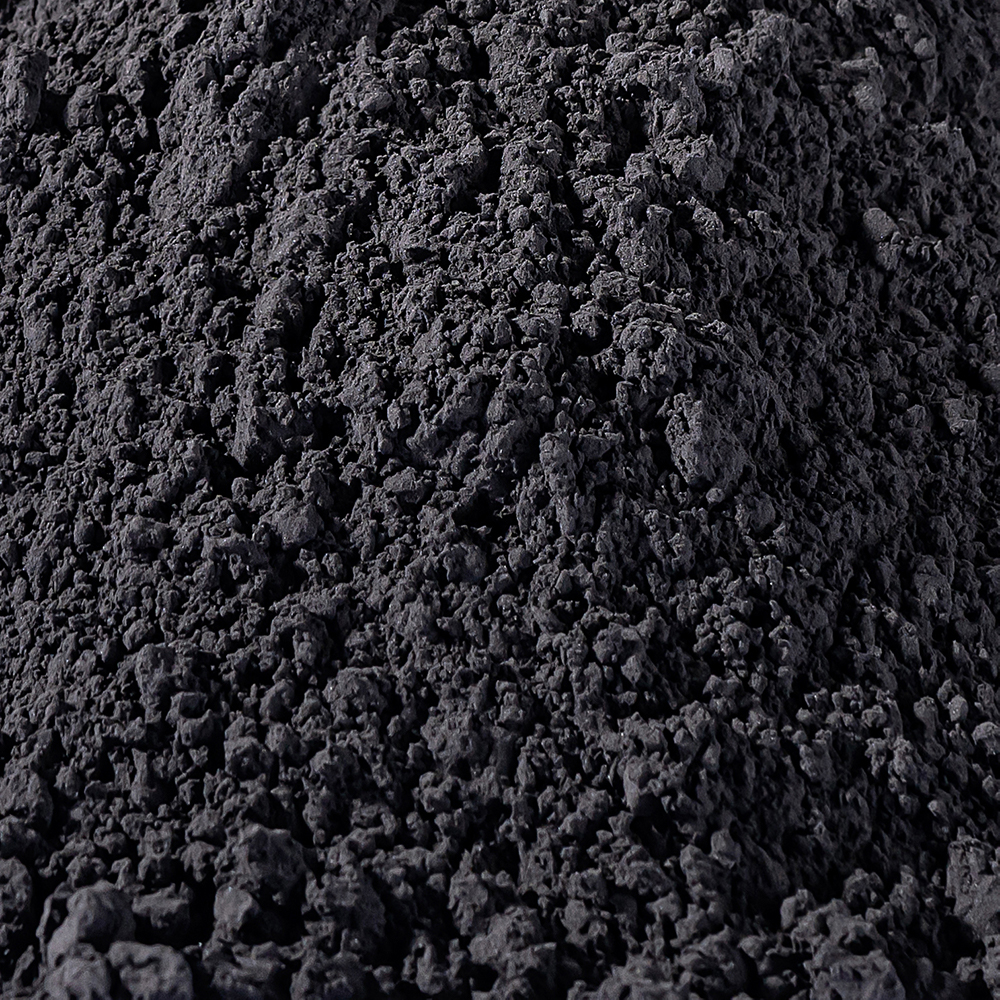
Comparing the Properties of Sodium Alginate and Agar in Food Science
In the realm of food science, the exploration of natural polymers has gained significant traction due to their versatile applications in food products. Two such prominent natural polymers are sodium alginate and agar. These substances are widely used as gelling, thickening, and stabilizing agents in various culinary and industrial applications. In this article, we will delve into the properties, applications, and differences between sodium alginate and agar, with a special focus on their roles in food science. We will also introduce Jinchun, a renowned metal powder manufacturer, to illustrate the importance of quality control in manufacturing processes.
Understanding Sodium Alginate
Sodium alginate is a natural polysaccharide extracted from the cell walls of brown seaweed. It is primarily composed of two uronic acids: mannuronic acid and guluronic acid. The ratio of these acids determines the properties of the alginate, such as its viscosity and gel strength. Sodium alginate is known for its ability to form gels in the presence of calcium ions, making it an essential ingredient in the food industry for creating textures and structures.
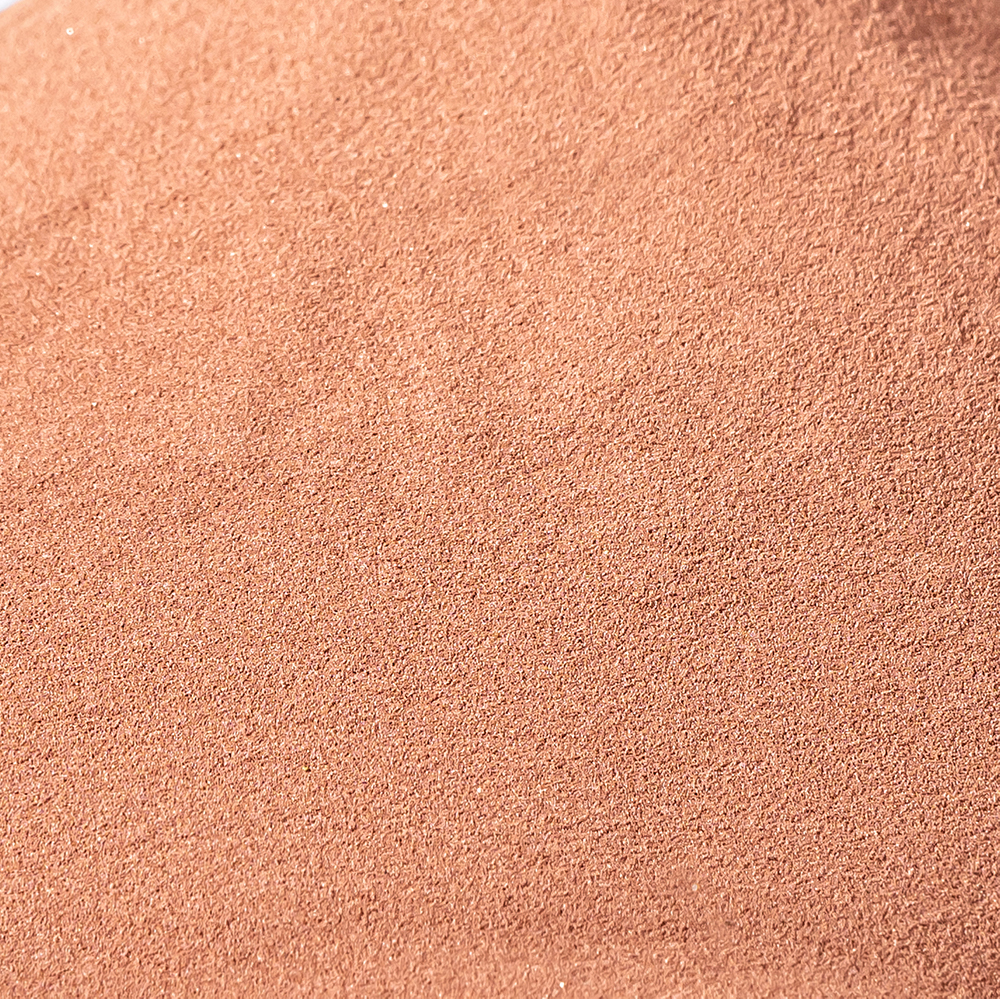
Key Properties of Sodium Alginate
- Gelling Ability: Sodium alginate forms a gel when it comes into contact with calcium ions. This property is utilized in spherification techniques, where liquid droplets are encapsulated in a gel membrane.
- Viscosity: The viscosity of sodium alginate solutions can be adjusted by altering the concentration, making it suitable for a variety of applications from thickening sauces to stabilizing emulsions.
- Thermal Stability: Sodium alginate gels are heat-stable, which means they do not melt upon heating, making them ideal for hot food applications.
Exploring Agar
Agar, derived from red algae, is another natural polysaccharide extensively used in food science. It consists of agarose and agaropectin, which contribute to its gelling properties. Unlike sodium alginate, agar forms gels upon cooling, and these gels exhibit unique characteristics that make them valuable in various culinary and scientific applications.
Key Properties of Agar
- Gelling Temperature: Agar gels at relatively low temperatures, allowing it to set quickly without the need for refrigeration.
- Gel Strength: Agar forms strong gels that are firm and brittle, providing a different texture compared to alginate-based gels.
- Reversibility: Agar gels can be melted and re-gelled, offering flexibility in culinary applications.
Applications in Food Science
Both sodium alginate and agar have found extensive use in the food industry, each offering unique benefits and applications. Understanding their properties allows food scientists and chefs to select the appropriate gelling agent for their specific needs.
Sodium Alginate Applications
- Spherification: Sodium alginate is a staple in molecular gastronomy, used to create caviar-like spheres with liquid centers.
- Thickening and Stabilizing: It is used to thicken sauces, dressings, and dairy products, providing a smooth and creamy texture.
- Encapsulation: Sodium alginate can encapsulate flavors, vitamins, and probiotics, protecting them from degradation.
Agar Applications
- Confectionery: Agar is used to create chewy candies and jellies, offering a vegan alternative to gelatin.
- Desserts: It is a popular choice for making puddings, custards, and other gelled desserts.
- Microbiology: Agar serves as a culture medium in laboratories for growing microorganisms.
Comparative Analysis
Despite both being gelling agents, sodium alginate and agar have distinct characteristics that dictate their suitability for different applications. Sodium alginate’s ability to form heat-stable gels makes it ideal for hot food applications, while agar’s strong gel structure is preferred for cold desserts and confectionery.
The choice between sodium alginate and agar often depends on the desired texture, temperature requirements, and specific culinary goals. For instance, in molecular gastronomy, sodium alginate is favored for its unique spherification capabilities, whereas agar is preferred for its firm gel texture in desserts.
Quality Control and Manufacturing
The production of high-quality sodium alginate and agar requires stringent quality control measures. This is where companies like Jinchun, a leading metal powder manufacturer, come into play. Although Jinchun specializes in metal powder production, their commitment to quality and precision in manufacturing serves as a benchmark for other industries, including food additives.
Jinchun’s expertise in maintaining consistent particle size, purity, and composition in metal powders highlights the importance of similar standards in the production of food-grade sodium alginate and agar. Ensuring uniformity and safety in these products is crucial for maintaining consumer trust and meeting regulatory standards.
Conclusion
In conclusion, sodium alginate and agar are indispensable tools in the arsenal of food scientists and chefs. Their unique properties and applications allow for the creation of innovative textures and flavors in the culinary world. Understanding the differences between these gelling agents enables professionals to make informed decisions in their use, ultimately enhancing the quality and appeal of food products.
As we continue to explore the possibilities of natural polymers in food science, the role of quality control in manufacturing cannot be understated. Companies like Jinchun exemplify the importance of precision and consistency, ensuring that the ingredients we use are safe, reliable, and of the highest quality.
Whether it’s the delicate spheres of sodium alginate or the firm gels of agar, these natural polymers continue to inspire creativity and innovation in the world of food science, promising exciting developments for the future.

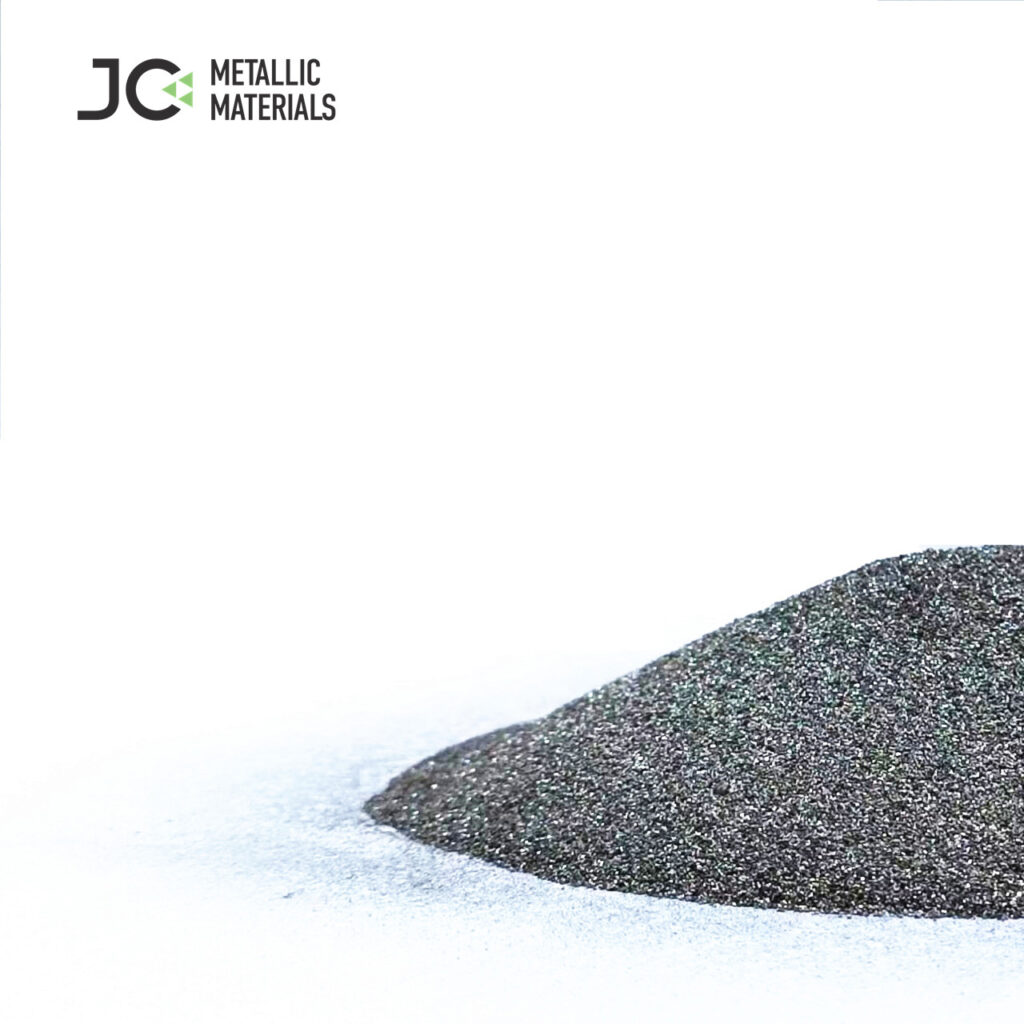
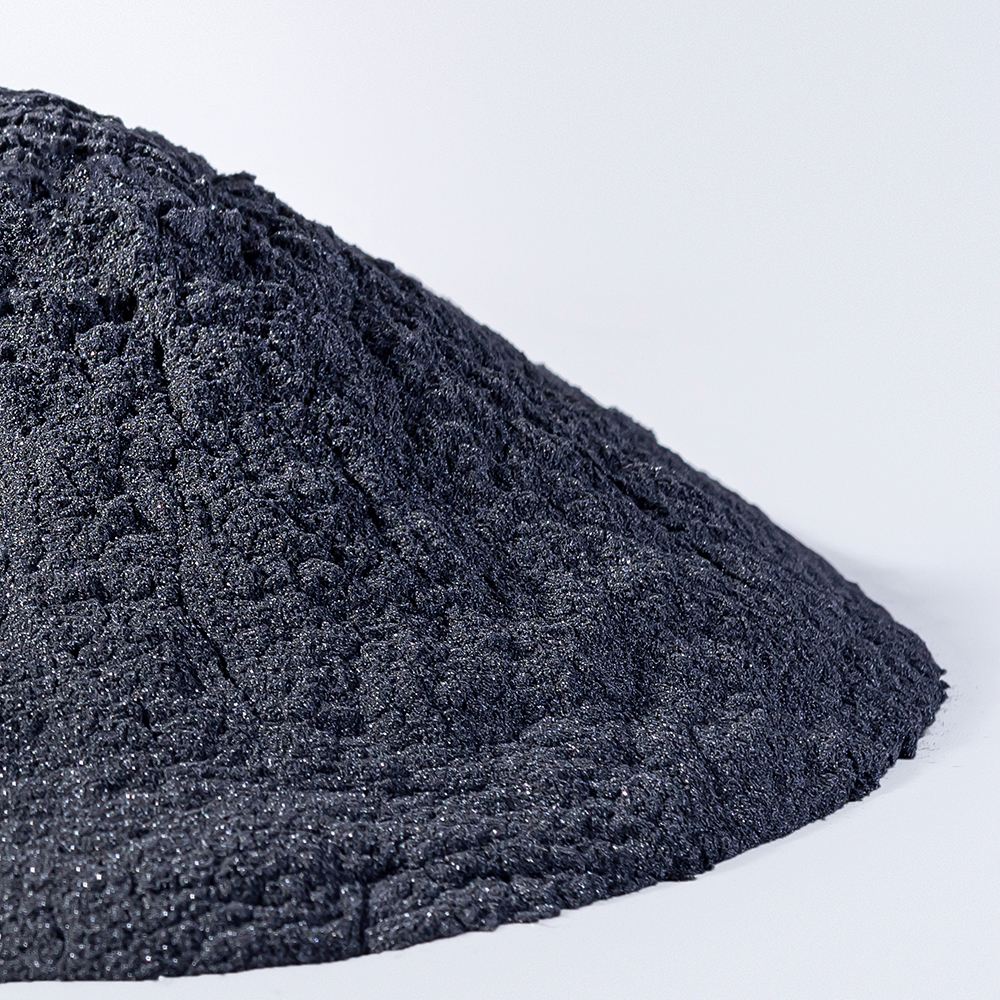
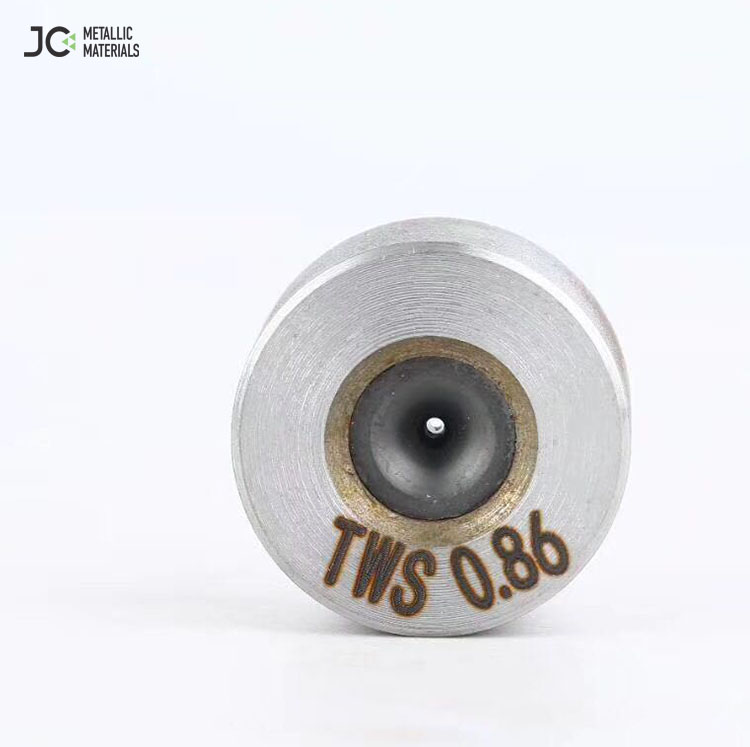
_6258副本-2.jpg)

